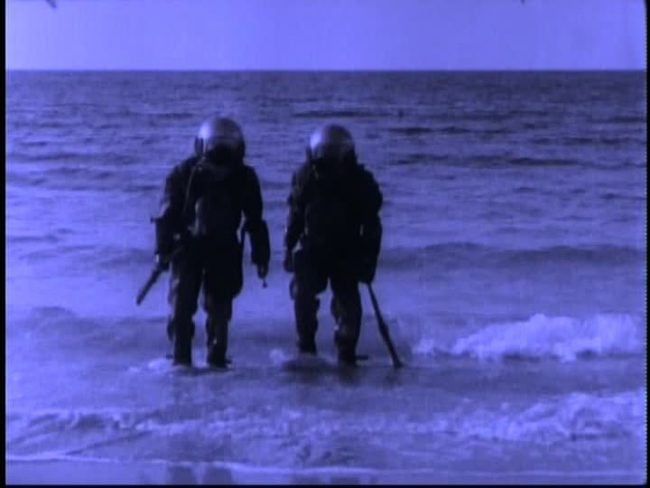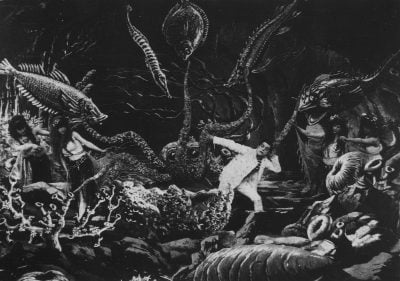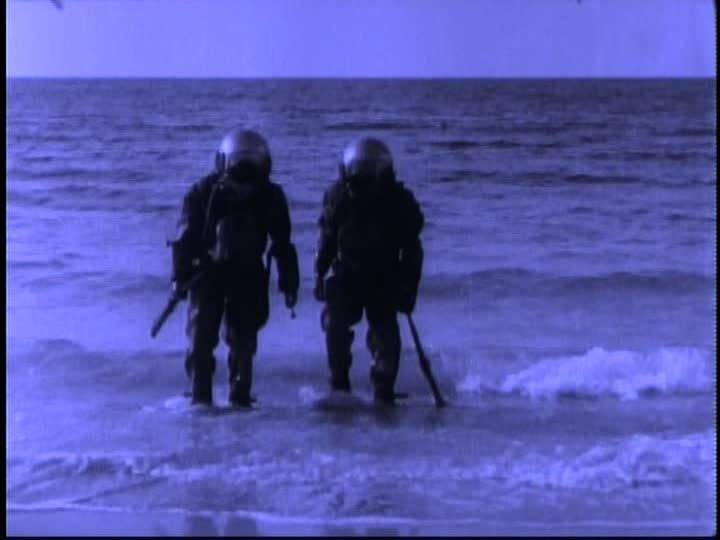
Director: Stuart Paton
Producer: Carl Laemmle
Writer: Jules Verne and Stuart Patton
Released: December 1916
Budget: $500,000
Box Office: $8 million
Cast:
Allen Holubar
Curtis Benton
Edna Pendleton
Jane Gail
Matt Moore
William, Welsh
Dan Hanlon
Breakdown:
The film is about a giant sea monster that is wreaking havoc on ships all over the seas. In an attempt to find out precisely what is going on, the US Navy sends in the Abraham Lincoln vessel. However, while on the hunt, the ship finds their so-called monster is actually the Nautilus. This submarine surpasses all underwater vessels of its time. With the Abraham Lincoln damaged, the Nautilus takes on the survivors at the order of its captain, Nemo. While all of this is going on, another group of soldiers ends up stranded on an island where they find a strange girl. The girl was left on the island by a British officer by the name of Charles Denver. Denver stranded her on the island as a young girl only after her mother chose to take her own life rather than allow Denver to force himself upon her. Denver decides to return to the island after his tormented memories cause him to take action. Once Denver’s ship arrives at the island, a plan is soon hatched by one of the soldiers to take the girl and Denver’s ship and flee out to sea. Simultaneously, Captain Nemo shows up after perusing his long enemy for years, Charles Denver. Nemo destroys the boat and saves the girl and another soldier who was attempting to rescue her himself. In a twist of fate, Nemo turns out to be a Prince and the father of the stranded girl. He swore to kill Denver after the death of his love and the kidnapping of his daughter. However, he is so bursting with emotion that he dies and is buried at sea in a beautiful tragedy.

Man has long wondered what terrors may lurk below the surface of our beautiful waters. We know more about what is going on within the solar system around us than we do our own ocean floor. In 1869 French author Jules Verne took a stab at what he thought could possibly be lying in wait under calm waters. The book is still considered a masterpiece even by today’s standards. Although Verne would go on to write 26 books that would become movies (totaling 220 films in total), the budget for the 1916 film was so vast it almost sank the idea of ever moving forward with another Jules Verne project again.
In 1916 British director Stuart Paton brought the book to the screen. Paton had only one credit under his belt at the time for his work on The Mark of Cain, which only came out a few months before 20,000 Leagues. Unfortunately, Paton was never seen as a true visionary. Although he would go on to direct over 60 films in his career, he never achieved the respect he deserved as a writer or director.
When Paton put pen to paper and wrote the screenplay for the film, he also borrowed some key plot points from another of Verne’s books. The Mysterious Island. Once the story was finished, Universal helped everything get moving on the film itself. At the time, Universal was not the giant film company it is today. In fact, its full name was The Universal Film Manufacturing Company. The movie moved forward with a budget of $500,000. It was such a large budget for the time that the industry decided to hold off on any more Jules Verne film adaptations…at least for a while.
The budget had to be massive because, for the vision that Paton had working on this film, history would have to be made. The big screen has acted as a portal into the underwater world for many years, with the movies Jaws, The Abyss, and Creature from the Black Lagoon leading the charge. However, without the path being blazed by 20,000 Leagues Under the Sea, the industry could have a completely different landscape.

Seeing how the majority of the story takes place underwater, the studio had to get creative with how the film would be shot. No movie had taken the REAL journey under the sea, so not only was this movie taking big chances, but it was also making significant advances in the way film would be shot. This was the first movie to be shot underwater. The thing is, at the time, waterproof equipment didn’t exist, so the crew had to get creative. The Williamson Submarine Film Corporation came on board and worked with the production company to film all the underwater shots. They used an elaborate system of tubes and mirrors to reflect the underwater images into the camera for the perfect shots they were looking for. It was groundbreaking technology, even if it wouldn’t be utilized much in the film industry.
One of the greatest stories ever written has been many adaptations of the book; however, this 1916 version paved the way for those to come. Although it may not have been exactly what the production company wanted based on the budget, Paton moved forward with a vision he had that solidified this film into history. In 2016 it was entered into the Library of Congress National Film Registry, keeping it safe for generations to come.
Watch “20,000 Leagues Under the Sea” on TheLastPicture.Show
Written exclusively for TheLastPicture.Show by Jacob Ruble
Disclosure: The links on this page are “Affiliate Links” and while these are shown at no costs to our viewers, they generate commissions for our website(s)

